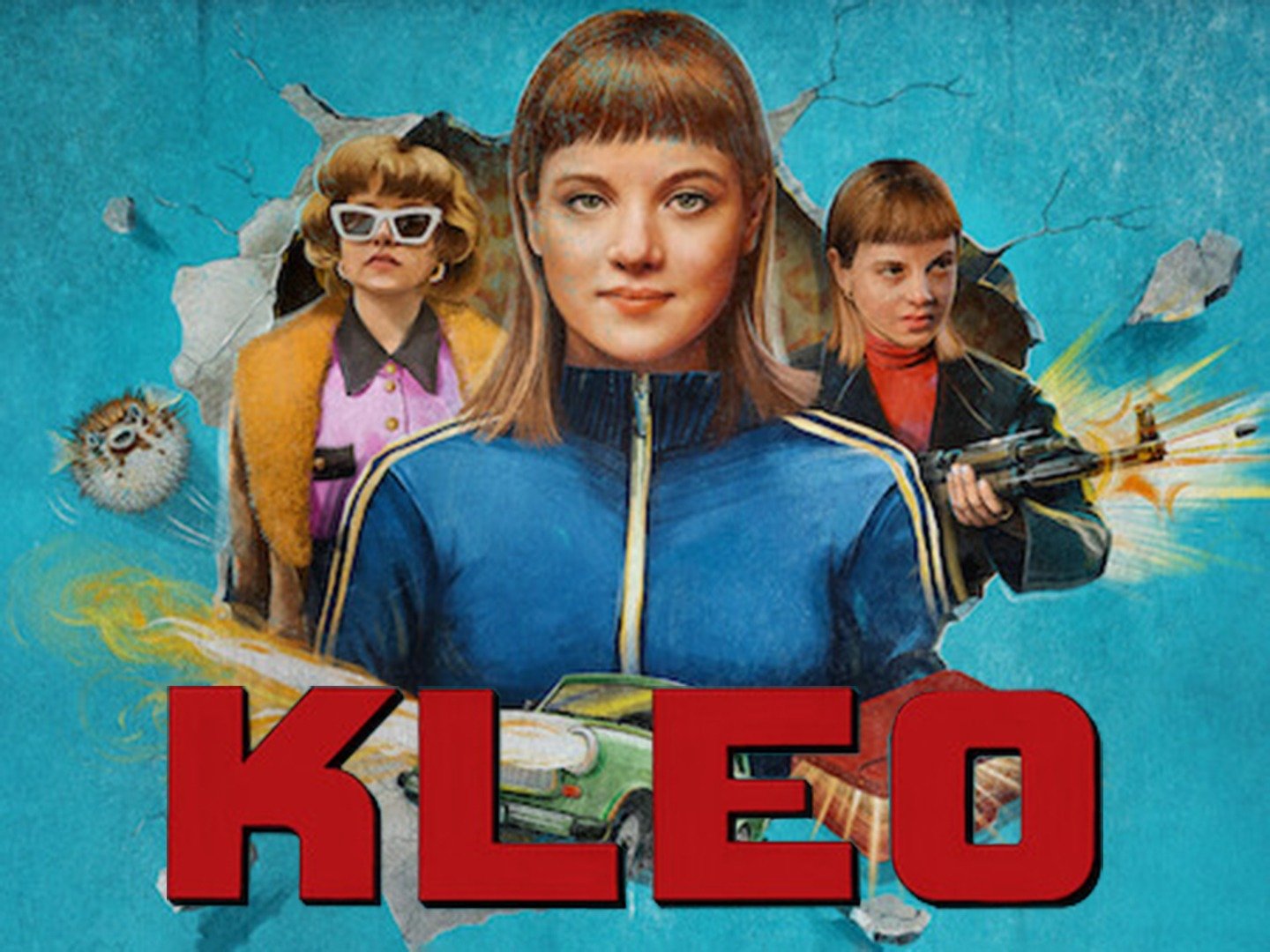Title: Ripley
Rating: 5 Stars
Considering the fact that I’ve read the book (I wrote about it here) and have seen the film (written about here), it’s probably no surprise that I watched the Netflix series Ripley. Considering that I gave five stars to both the novel and the film, I was suspicious that I’d equally enjoy the series. However, I loved it.
It’s interesting how the main plot points are hit in all three versions but, despite that, they ended up hitting me differently.
The story is the same. Tom Ripley, in New York, is bribed to go to Italy by Dickie Greenleaf’s father to bring Dickie home so that he can take his place at the head of the family manufacturing firm. Ripley goes to Italy, and, after some awkwardness, manages to befriend Dickie. Dickie’s girlfriend Marge is much more suspicious of Tom. Tom grows to love the life of being a wealthy American in Italy. Eventually, Dickie tires of Tom and tells Tom that he’s going to go away. Unwilling to give up the lifestyle, Tom murders Dickie. He impersonates Dickie so that he can draw from Dickie’s trust fund. Dickie’s friend Freddie is also suspicious of Tom and tells him that he’s going to bring in authorities to investigate. That’s the end of Freddie. As all of this is going on, Tom is having to switch between the Tom and Dickie identities while the police, Tom’s father, and Marge are all beginning to zero in on him. Will Tom get away with it?
The cinematic style of the series is breathtaking. The series is entirely filmed in black and white. It’s kind of weird to describe it in this way, but it’s a rich, luscious black and white. The cinematography feels crisper and cleaner than if filmed in color. It’s truly a beautiful series.
Not only the film but Italy is shown in all of its splendor. The characters stay in ancient villas with amazing views. The streets that they walk on have an ineffable charm. Stunning works of art are on view everywhere. Everything is steeped in ruined grandeur. Especially when you think of the one room desolate hotel room that Tom was staying while in New York, you can understand why Tom, once exposed to the beauty of Italy, would never want to go back.
Tom Ripley is played by Andrew Scott. He’s probably previously best known as the hot priest in Fleabag. Here is something totally different. In the film, Matt Damon played Ripley. As I wrote in my review, in the film Ripley is a sociopath but Damon played him with vulnerability. He’s in over his head but desperately wants to maintain the lifestyle. He almost reluctantly has to murder.
Scott’s version is a straight out sociopath. He plays Ripley with oddly cold, dead eyes. You can understand why Marge is immediately repelled by him. He’s a tough grifter who’s stumbled upon a huge opportunity and will do anything to capitalize on it. As an experienced grifter, he is constantly on the alert. He eyes everyone with suspicion, coldly calculating what they know, what they want, and what that means to him. There is no milk of human kindness in his veins.
I’ve mentioned this in my previous posts, but to an even larger extent in this series, the rich are clueless and talentless. In the film, Dickie and Marge are played by Jude Law and Gwyneth Paltrow. They are both at their movie star glamorous peaks. This is especially true of Law, who is positively gorgeous in his role.
In the series, the two are played by Johnny Flynn and Dakota Fanning. Don’t get me wrong, these are both attractive people (after all Johnny Flynn was the romantic lead in both Emma. and Vanity Fair). Still, they don’t have the glow of Law and Paltrow. In the series, Dickie and Marge are basically above average people that are living this lavish lifestyle just because they are the children of wealth. Dickie is in Italy to study to be a painter but his pictures are laughably bad. Marge is writing a book that is simply pictures and text about the town that they are staying in.
Their friend Freddie is played by Eliot Sumner. In the film, played by Philip Seymour Hoffman, Freddie is a large, brash, typically loud American. In the series, Freddie is much more subtle but still is contemptuous of Tom. Even though he’s suspicious, Freddie, like Dickie and Marge, can’t fathom that Tom would actually be dangerous. Tom is not someone that you want to turn your back on.
Interesting, in the series, grifters can recognize other grifters. In the small town, a local mafioso seemingly randomly follows Tom and within a short while, the two become allies and establish a business relationship. Similarly, at a stuffy, sterile cocktail party in Venice for the vapid rich, a man named Reeves Minot (wonderfully played by John Malkovich) instantly makes a connection with Tom and Tom later gets a fake passport from him. It’s almost as if there’s an essence or maybe an invisible musk that attracts such people to each other.
Since this is a series, it allowed time for characters to incrementally develop. For instance, Tom clearly at the outset knows nothing about culture and seems disinclined to learn. When Dickie takes him to see a painting by Caravaggio, Tom is transformed. He develops a strong interest in art, especially in Caravaggio. At one point, we see that Tom has taken up painting and it’s clear that even at this early point that his painting is far superior to Dickie’s work.
It’s not random that Tom is obsessed with Caravaggio. For those that do not know, Caravaggio led a wild life. He killed a man and had to flee Rome with a death sentence on his head. His mental health was always in question and he died under mysterious circumstances. His paintings, alive with light, often are brutal depictions of violence. If there’s such a thing as a painter for sociopaths, Caravaggio might fit the bill.
I have a couple of additional random notes. One is that stairs feature prominently throughout the series. Tom is consistently seen going up stairs. One of the rare times that we see Tom go down is when he has to hide in squalid quarters to escape. The stairs are a metaphor for Tom’s goal to always be ascending.
Another interesting item that I noticed is how hard it is to be a sociopath. It’s a lot of hard work, whether it’s dragging Freddie’s dead body down a flight of stairs or having to clean up the mess of murders. There are times when you see Tom just sigh and grunt with the frustration of the never ending work of it all. It struck me as amusing.
So, I’ve loved the novel, the film, and now the series. I can hardly wait until the opera comes out!












